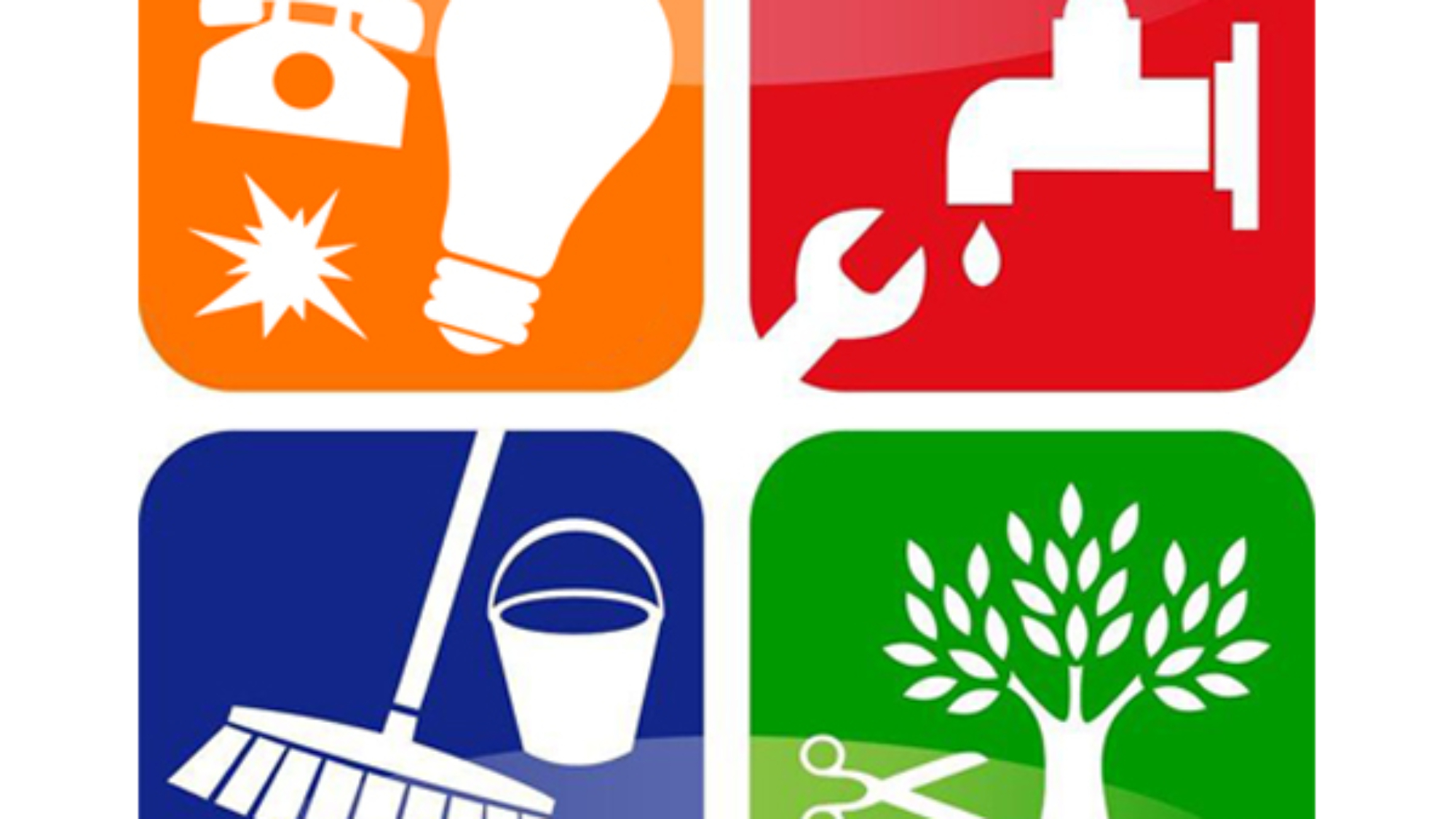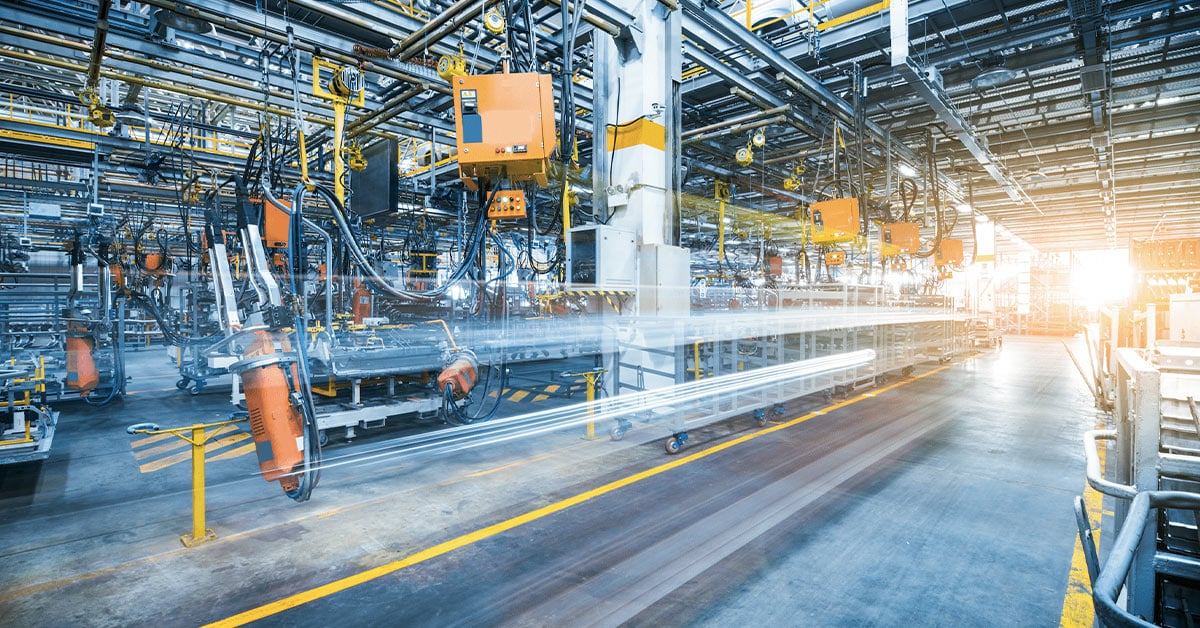Why Facility Management is Essential for Possession Durability
Wiki Article
Secret Fads Shaping the Future of Facility Management in 2024
As we expect 2024, the landscape of facility management is poised for substantial transformation, driven by a number of vital trends. The combination of wise structure technologies and a change towards data-driven decision-making pledge to boost functional efficiency while focusing on sustainability in practice. Moreover, the appearance of crossbreed job models is improving workplace atmospheres, demanding cutting-edge layout remedies that satisfy developing worker demands. Amid these changes, the concentrate on occupant health proceeds to obtain grip, emphasizing the relevance of a healthy and balanced work environment. How these patterns will manifest in technique continues to be a crucial concern for sector experts.Smart Building Technologies

Smart building innovations incorporate a vast range of systems, consisting of smart lights, heating and cooling controls, and safety systems. By incorporating these systems, facility supervisors can check and readjust parameters in real-time, leading to significant decreases in power waste and functional costs. As an example, smart sensors can spot occupancy levels and adjust lighting and temperature accordingly, ensuring that power is just made use of when needed.
In addition, these innovations promote enhanced information collection, enabling companies to track usage patterns and determine possibilities for further enhancements. The application of wise building modern technologies not just contributes to sustainability goals but also develops healthier workplace that can increase employee productivity and satisfaction.
As we relocate into 2024, the fostering of smart structure innovations will likely accelerate, mirroring a wider change in the direction of more intelligent, receptive, and sustainable center administration practices.
Data-Driven Choice Making
Progressively, organizations are leveraging data-driven choice making to enhance center administration practices. By harnessing data analytics, facility managers can acquire actionable understandings that significantly boost operational efficiency and resource allocation. The combination of innovative modern technologies, such as IoT sensors and real-time surveillance systems, enables the collection of vast amounts of information on structure performance, tenancy prices, and energy consumption.This riches of details allows center supervisors to identify patterns, anticipate upkeep demands, and proactively address problems prior to they rise. For circumstances, predictive analytics can anticipate tools failures, decreasing downtime and fixing prices. In addition, data visualization tools help with far better interaction among stakeholders, making sure that educated choices are made collaboratively.
Furthermore, data-driven techniques improve tactical planning by allowing center supervisors to analyze the efficiency of existing techniques and make educated selections regarding investments in innovation or infrastructure. As organizations progressively prioritize operational excellence, data-driven decision making is poised to become a cornerstone of successful facility management strategies in 2024 and beyond. Ultimately, the ability to leverage information properly will equip companies to produce much more effective, productive, and resilient facilities.
Sustainability and Eco-friendly Practices
The emphasis on data-driven decision making normally straightens with the growing concentrate on sustainability and green practices within facility monitoring. As companies progressively prioritize environmental duty, center supervisors are leveraging analytics to optimize source usage, decrease waste, and minimize carbon impacts. This calculated method enables the assimilation of energy-efficient systems, such as LED illumination, smart heating and cooling controls, and renewable resource sources right into center operations.In addition, the execution of lasting techniques prolongs beyond power consumption. Center managers are taking on eco-friendly products and promoting reusing efforts to create a round economic climate within their centers. This not just enhances the ecological account of the organization yet also cultivates a culture of sustainability amongst employees.
Conformity with ecological policies is another critical element driving the fostering of green techniques. By utilizing data analytics, center managers can keep an eye on conformity metrics and identify areas for renovation, ensuring adherence to global and local sustainability requirements.
Crossbreed Work Versions
A significant shift in the direction of crossbreed job models is reshaping the landscape of center monitoring in 2024. This standard incorporates in-office and remote job, requiring a reevaluation of space usage, resource appropriation, and worker involvement strategies. Organizations are progressively recognizing the relevance of versatile offices that satisfy diverse needs and preferences.Center managers must adapt by applying flexible workplace styles that sustain collective initiatives while giving locations for concentrated job. This includes the assimilation of technology to help with seamless More Help interaction and cooperation among in-office and remote employees. Smart structure options, equipped with sensors and analytics, allow for real-time tracking of room usage, making it possible for organizations to enhance their settings efficiently.
Additionally, hybrid job versions highlight the demand for effective facility monitoring that prioritizes worker experience. This incorporates not only innovation and area layout yet also the advancement of plans that advertise a well balanced work-life dynamic. As companies browse this shift, the function of center monitoring comes to be pivotal in creating a nimble work environment that cultivates performance and drives business success. Essentially, the hybrid job model is reinventing center monitoring, urging an aggressive approach to fulfill the evolving demands of the workforce. try this out
Boosted Owner Health
As companies accept hybrid work versions, an increased emphasis on passenger wellness is becoming indispensable to center administration techniques. Facility Management. This shift recognizes that a pleased and healthy labor force straight affects productivity and retention prices. Center managers are currently focusing on atmospheres that promote physical and psychological well-being, incorporating aspects such as all-natural illumination, biophilic style, and easily accessible wellness resources

Modern technology plays an important function in this development. Smart building systems can keep track of ecological factors and adjust setups in real-time, guaranteeing optimal comfort degrees - Facility Management. Furthermore, responses devices, such as tenancy sensing units and worker surveys, enable center managers to constantly refine wellness initiatives based upon owner demands.

Final Thought
In 2024, the future of facility monitoring will be substantially influenced by the combination of clever structure technologies and data-driven decision-making, promoting boosted operational effectiveness. Sustainability initiatives will prioritize green methods, while the appearance of hybrid work versions will certainly necessitate versatile workplace designs. Moreover, an enhanced concentrate on resident health via sophisticated HVAC systems and biophilic design will add to much healthier job environments. These patterns jointly emphasize the evolving landscape of facility administration in feedback to modern obstacles and possibilities.Facility managers are adopting eco-friendly materials and advertising reusing efforts to create a circular economy within their centers.A significant change in the direction of hybrid work versions is improving the landscape of center administration in 2024.Additionally, hybrid job versions highlight the need for reliable center administration that focuses on staff member experience.As organizations click reference embrace hybrid job models, a heightened emphasis on resident health is ending up being essential to facility administration techniques.In 2024, the future of center administration will be significantly influenced by the integration of clever building modern technologies and data-driven decision-making, promoting improved functional efficiency.
Report this wiki page